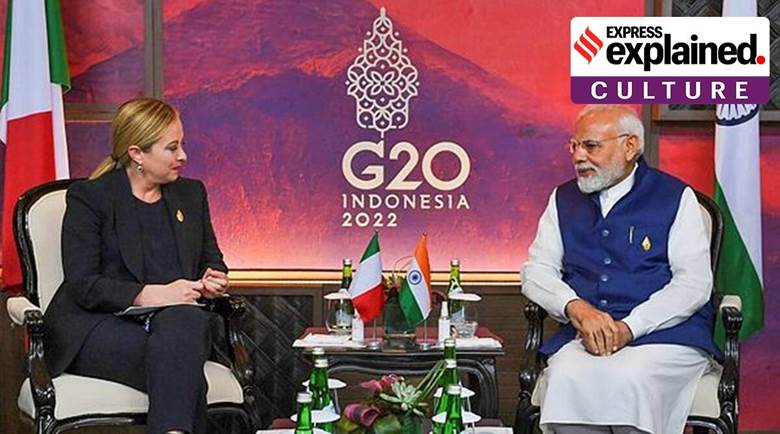Free Courses Sale ends Soon, Get It Now


Free Courses Sale ends Soon, Get It Now



Copyright infringement not intended
Context:
Details:
What is Patan Patola?
The weaving process:
© 2024 iasgyan. All right reserved